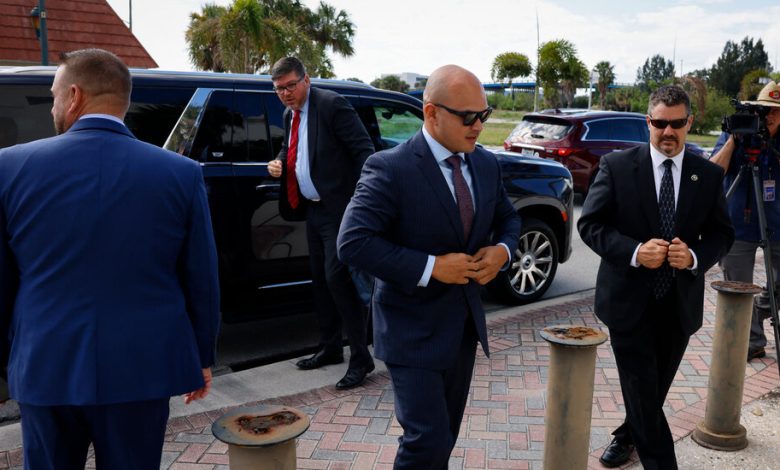Judge Denies Effort by Trump Co-Defendant to Have Charges Dismissed

The federal judge overseeing former President Donald J. Trump’s classified documents case on Saturday rejected an effort by one of his co-defendants to have the charges he is facing dismissed by claiming that he was the victim of a vindictive prosecution by the government.
The co-defendant, Walt Nauta, who works as a personal aide to Mr. Trump, had accused prosecutors in the office of the special counsel, Jack Smith, of unfairly indicting him because he declined to help their efforts to build a case against the former president by testifying against him in front of a grand jury.
Mr. Nauta’s lawyer, Stanley Woodward Jr., also claimed that at a meeting at the Justice Department two years ago, prosecutors had threatened to derail a judgeship he was seeking if he did not prevail on his client to turn on Mr. Trump.
But in an order issued on Saturday night, Judge Aileen M. Cannon rejected those arguments, ruling that even though Mr. Nauta had refused to provide testimony against Mr. Trump, there was “no evidence suggesting that charges were brought to punish him for doing so.”
And while Judge Cannon refused to weigh in on the details about Mr. Woodward’s claims that prosecutors had sought to twist his arm to win Mr. Nauta’s cooperation, she denied his vindictive prosecution motion because, as she noted, he had claimed that the government was biased against him, not against his client, as required by the law.
The indictment in the documents case, which was filed last June in Federal District Court in Fort Pierce, Fla., accuses Mr. Nauta of conspiring with Mr. Trump to hide from the government several boxes of classified materials that the former president removed from the White House when he left office and took to Mar-a-Lago, his private club and residence in Florida.
